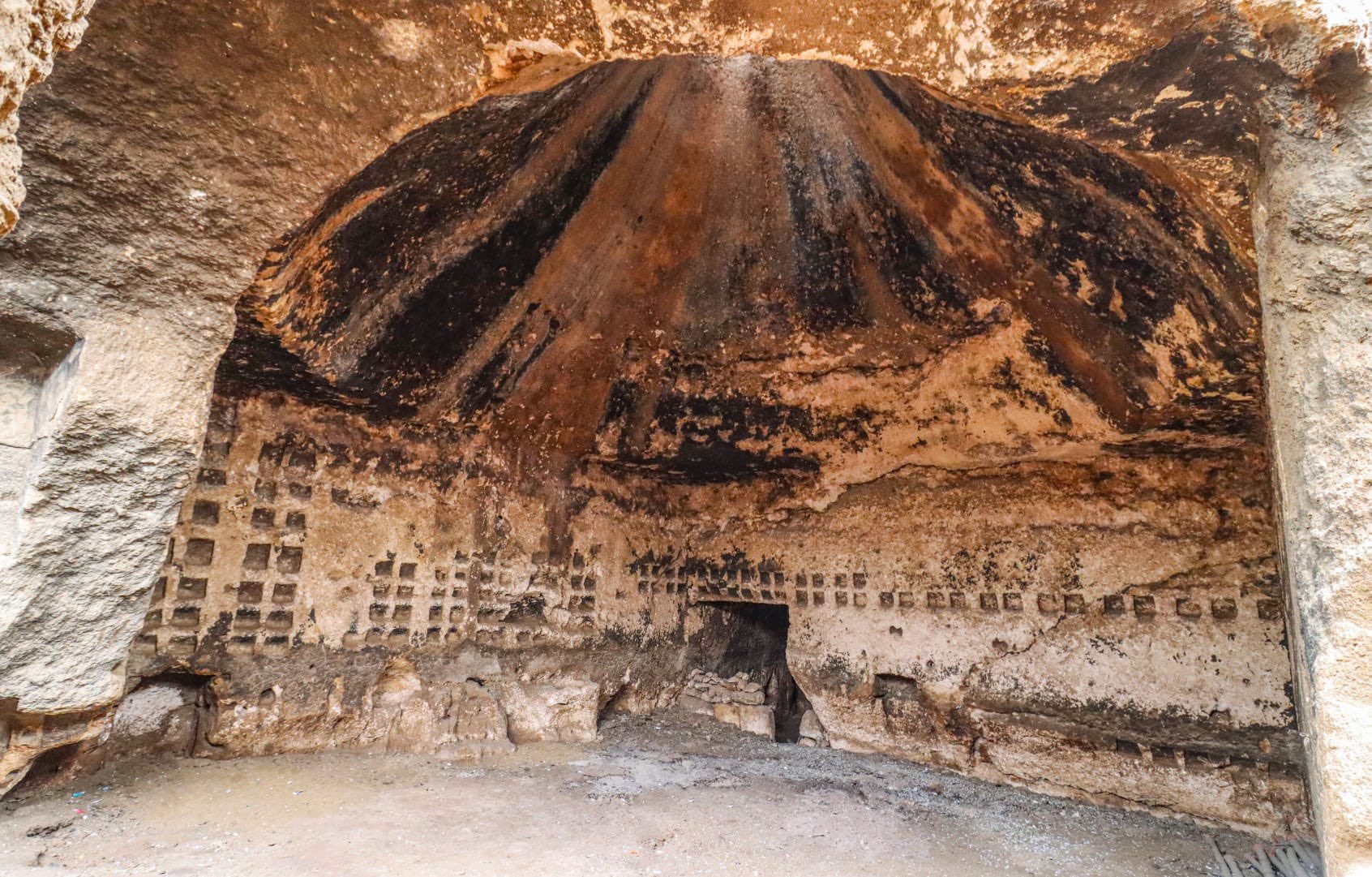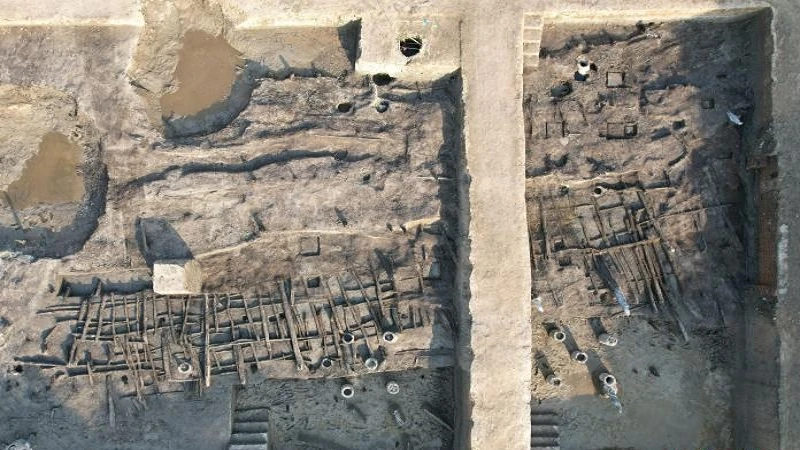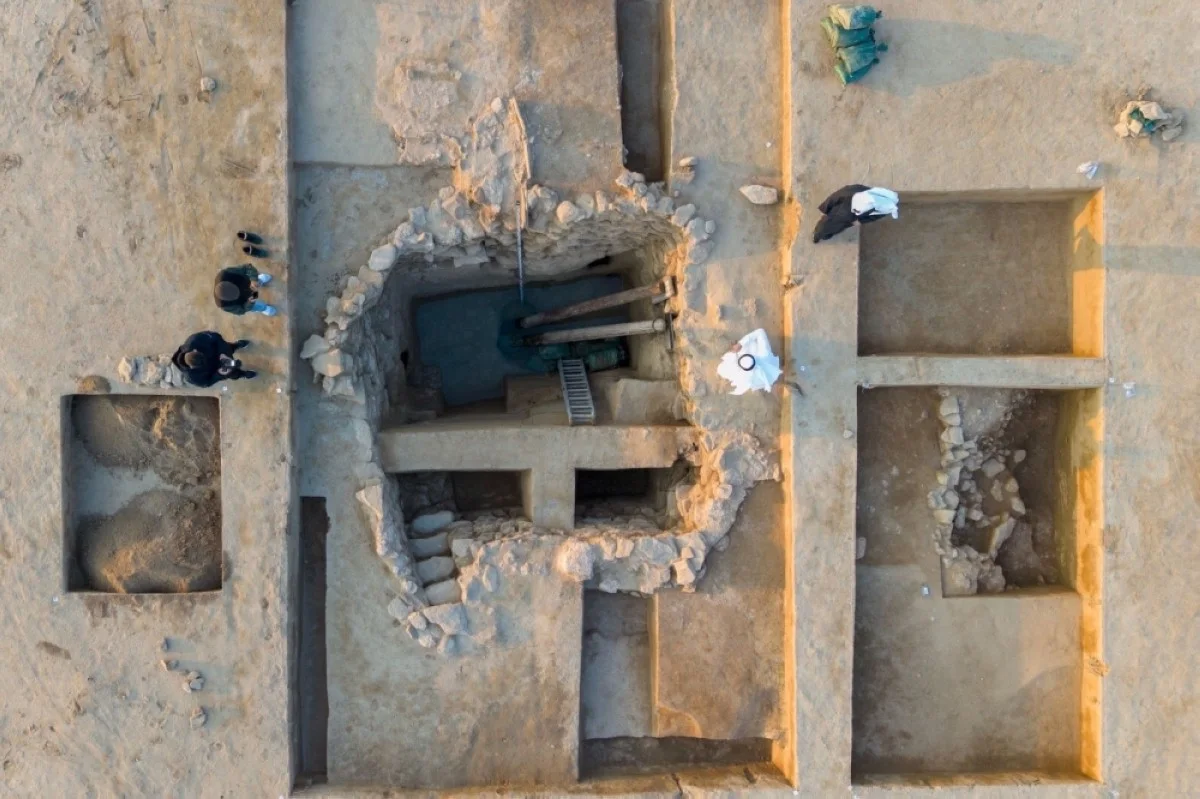Şanlıurfa, located in southeastern Turkey, continues to host new discoveries every day with its thousands of years of historical and cultural richness. Şanlıurfa is home to significant archaeological sites such as Göbekli Tepe and Karahantepe, which are described as the “zero point of history.”
Within the scope of the Cultural Inventory Project, rare Roman-era columbariums were discovered in Senem Caves in the Haliliye district and in the garden of a citizen in Bozova. This significant discovery sheds light on Şanlıurfa’s rich history.
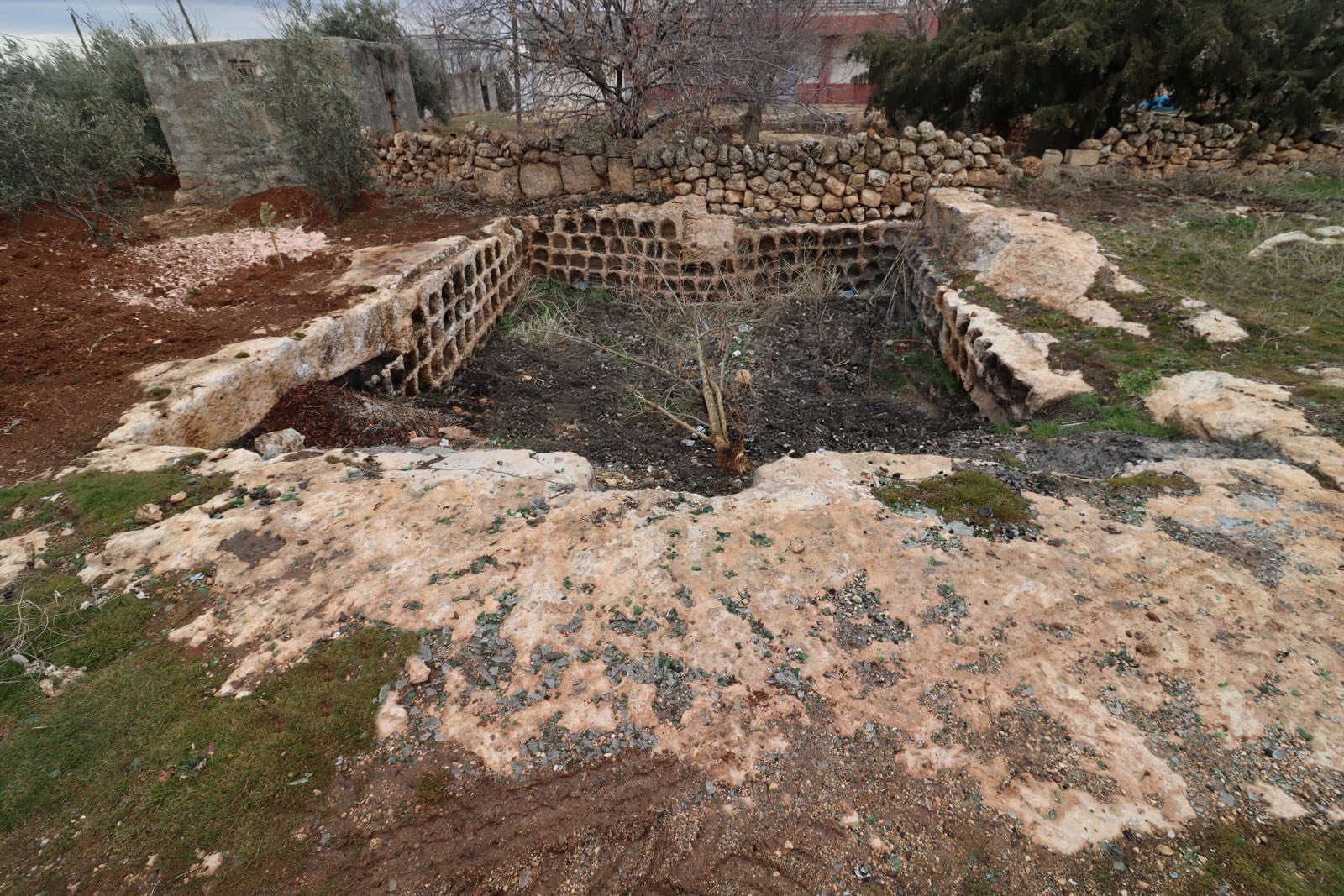
What is a Columbarium?
Columbariums are underground structures commonly seen in Roman cities but rarely found in Anatolia. These structures, used to store the ashes of the deceased, contain niches where the ashes are placed. The niches resemble pigeon nests, hence the name “columbarium,” derived from the Latin word “columba,” meaning “pigeon.”

Importance of the Columbariums in Şanlıurfa
The columbariums discovered in Şanlıurfa provide important information about the settlement and burial traditions of the region during the Roman era. These structures demonstrate a burial ritual where the ashes of the deceased were stored in special containers and placed in niches.
Features of the Columbariums
Underground Structures: They are generally built underground.
Niches: They contain niches where containers for storing ashes are placed.
Columba: It means “pigeon” in Latin.
Roman Era: They were commonly used during the Roman era.
Rare Findings: These structures are rarely found in Anatolia.
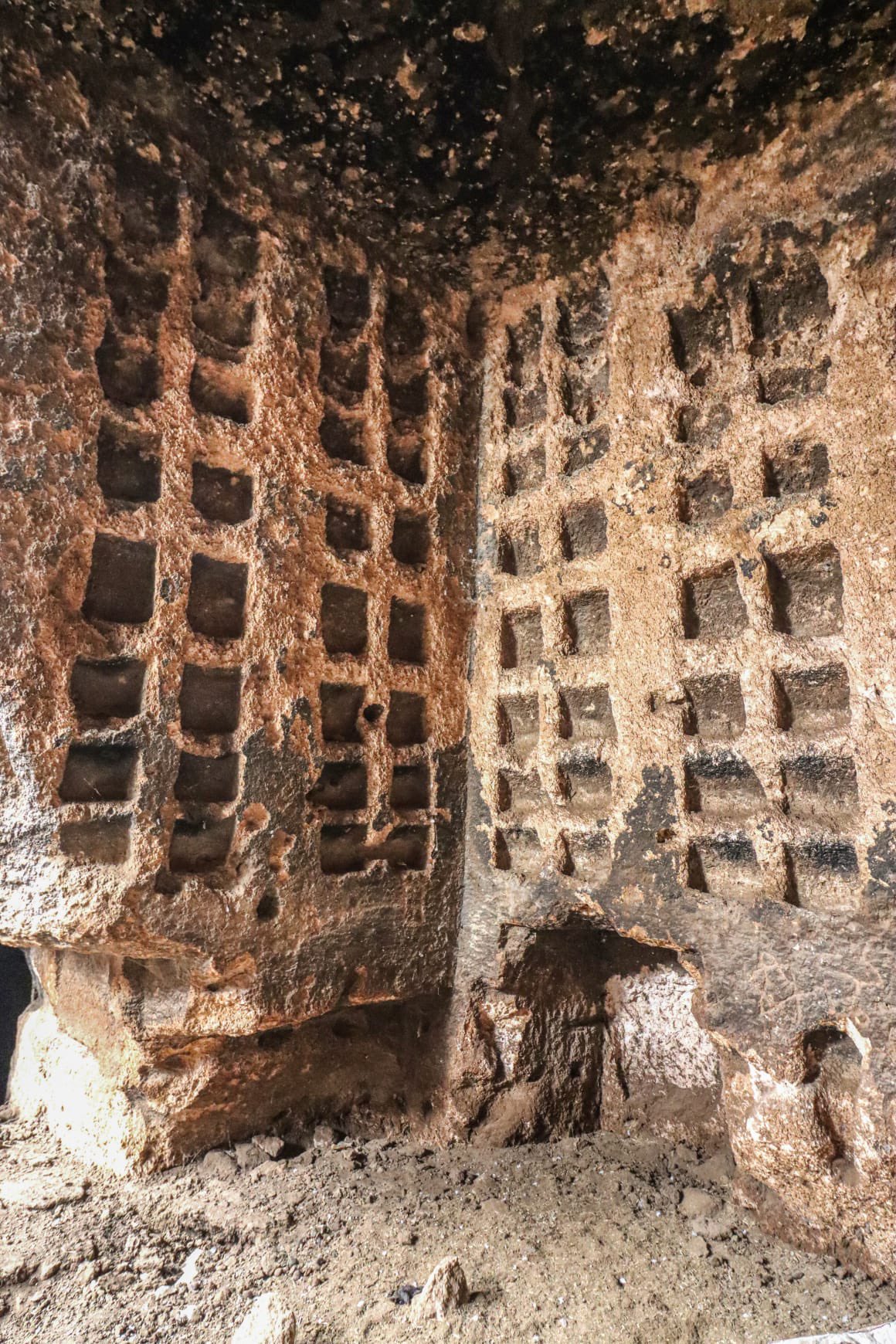
Cultural Inventory Project: Protecting Şanlıurfa’s Historical Heritage
The Cultural Inventory Project, led by the Şanlıurfa Governorship, was launched to protect, document, and pass on the city’s rich cultural heritage to future generations. Within the scope of the project, historical and cultural assets throughout Şanlıurfa are meticulously examined and recorded.
Objectives of the Culture Inventory Project
Comprehensive Documentation: Detailed documentation of all registered and unregistered immovable cultural assets in Şanlıurfa.
Inventory Creation: Creating an inventory of the city’s cultural heritage to serve as a resource for future research.
Protection Awareness: Raising awareness about the protection of cultural heritage and passing it on to future generations.
Scientific Research: Using the data obtained in scientific research to shed light on Şanlıurfa’s history.
